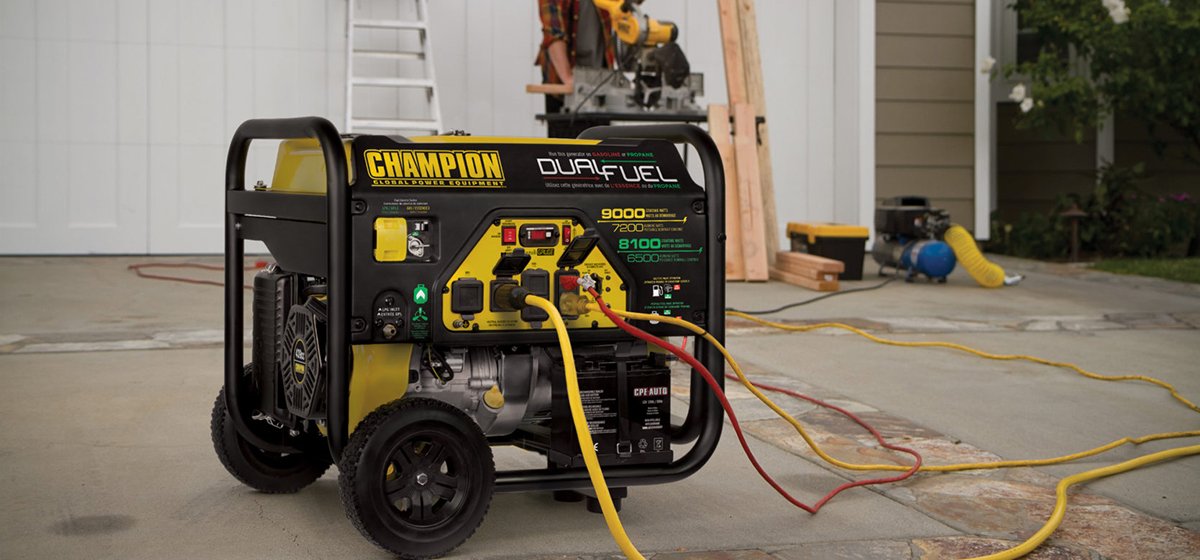
Having a reliable source of power is important, especially if you have to deal with an emergency situation. Still, such solutions are also usable, when you do not have access to the electricity supply. Finding the best dual fuel generator can be quite challenging, because there are numerous factors you need to consider, like how powerful it should be and what additional features you want to have.
Stationary and portable solutions
Choosing a dual fuel generator, you have to understand what you need it for and when you use it. There are portable and stationary models.
Stationary models are very powerful, they have various options for fuel sources and they are quite large. Such models are pretty expensive.
Portable models are not as powerful as stationary ones, but they are smaller and lighter, so you can place them wherever you need (however, some models are quite heavy and you may need someone to help you). These models are cheaper than static ones.
If you do not need much power or if you need a source of power that you can carry with you, then consider getting a portable model.
How much power should it output?
One of the most crucial dual fuel generator choosing tips is to understand what amount of power you need. Getting the most powerful solution you can find is not a smart move, since such models may cost a lot. Moreover, powerful models require more fuel. Therefore, it consumes a lot of fuel, it generates a lot of power, but you do not use 100% of it, so you waste your money. How to pick a dual fuel generator which outputs the required amount of power? – It is necessary to make a list where you include the devices you will use. To calculate the amount of power:
- Determine what appliances you will use (a refrigerator, light bulbs, a microwave, a PC, etc.).
- Sum up the running watts of these devices (you may need to find user manuals of those devices, or use some common values).
- Add the starting watts of the devices that have the highest running watts to the value you get in the previous step. The value you get is the total watts you need.
Keep in mind that electronics that have motors installed require more power to start, but they require less power to run. Therefore, you should consider introducing a three-second delay between starting up multiple appliances.
The amount you get after a simple calculation will help you understand how powerful the generator has to be. Consider getting a model that outputs slightly more power then you need. You may want to add something else.
Power – peak and rated
Manufacturers prefer to provide you with two values – peak and rated power. The peak power is the maximum amount of power you can get. The peak power mode can be used for a few seconds only.
Pay more attention to the rated power, since it is the amount that the model outputs during a “normal” mode of exploitation.
Outputs
Some models can be hooked up to a circuit breaker box to power the whole house, but it requires a powerful model. Portable solutions may have multiple outputs, like 12V DC, 120/240V, etc., so you can connect several devices.
Fuel
Such models use two kinds of fuel and it gives you some freedom – gas can be stored, while propane (or natural gas) is cheaper. However, gas’ makeup may be different and it influences the performance.
